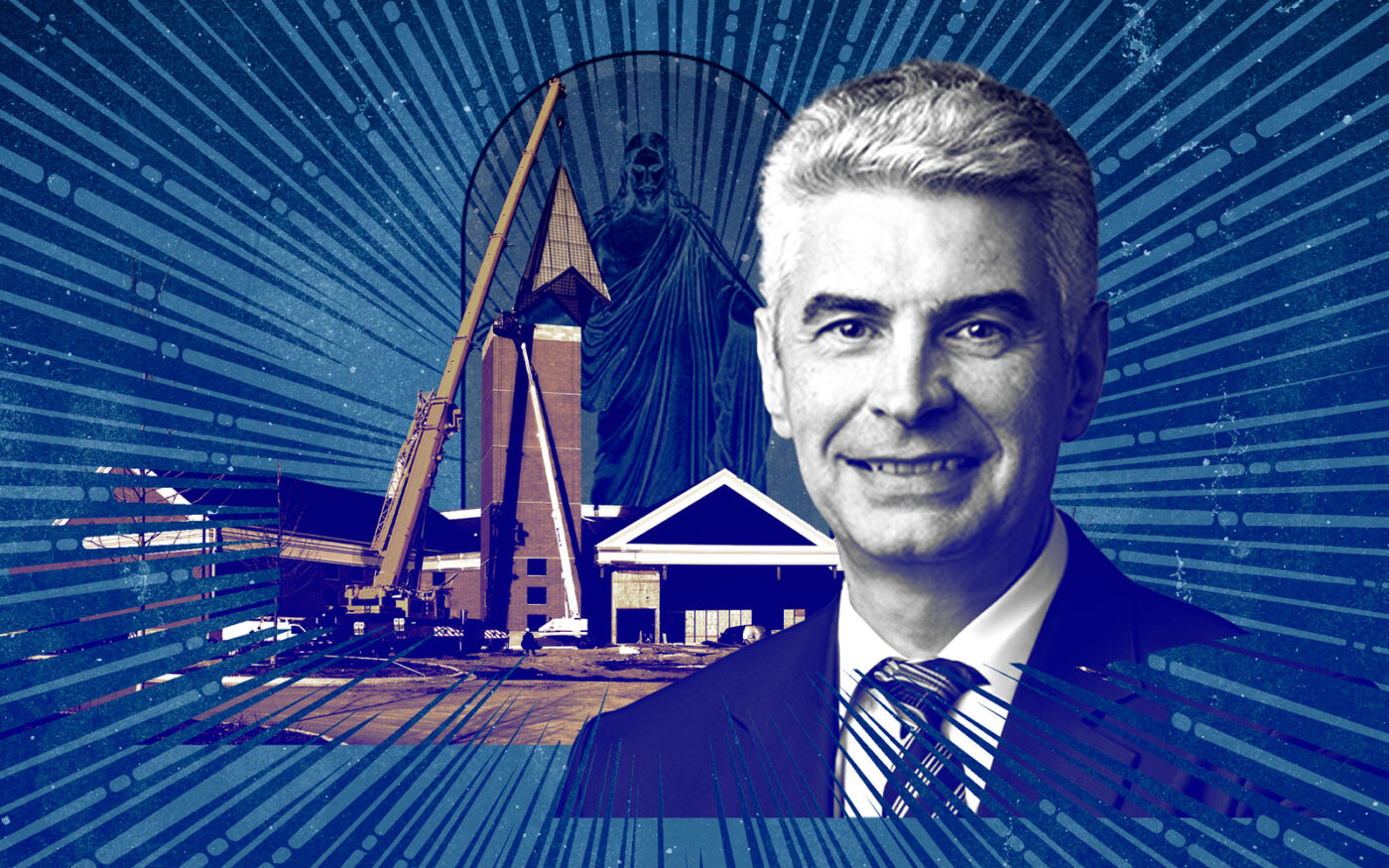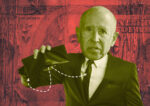Trending
Whistleblower reveals Mormon Church’s $100B real estate portfolio
Church’s, which plans on constructing more than 100 temples, has drawn criticism

It’s a rainy-day account of biblical proportions.
A few years ago, a whistleblower exposed the Church of Jesus Christ of Latter-day Saints’ massive investment portfolio, estimated at $100 billion, which was referred to by church officials as a rainy-day account, the Wall Street Journal reported.
It’s now being touted as the financial foundation that supports the construction of more than 100 temples worldwide. The temples, adorned with stone facades, serve as monuments to the church’s extensive and growing wealth.
The temple in Pocatello, Idaho, for example, is 71,125 square feet and boasts luxurious features such as polished limestone flooring from Bethlehem, wooden doors imported from the Congo River region, and a statue of the angel Moroni atop a central spire, according to the outlet.
The temple’s construction cost about $69 million, the Journal said, citing estimates by the church’s contractors.
“We have a vision of the church that is — can I use the word grandiose?” Gerald Causse, the church’s presiding bishop, told the outlet. “Because we believe the gospel has to be taken to all the world. And so we see the size of the church multiple times what it is now, in the future.”
However, when pressed for details about the church’s finances, including temple construction costs and the extent of its assets, Caussé and other officials remained tight-lipped.
The accumulation of wealth by the church, fueled by tithing, where members donate 10 percent of their income annually, has facilitated the announcement of 133 new temples since the appointment of Russell Nelson as president five years ago.
With ongoing constructions and designs, the additions will increase the church’s total number of temples to 315, up from the current 174. The church leaders anticipate hundreds more, with a focus on international locations.
However, the church’s vast wealth and limited public disclosures have raised concerns among some members. Paul Huntsman, a church member and president of Huntsman Family Investments, emphasized the need for transparency and a moral responsibility on the church’s part.
While the church asserts that its financial information should remain confidential, critics argue that, as a religious organization, it should be more forthcoming about its holdings.
The controversy surrounding the church’s finances intensified this year when it faced fines from securities regulators for false statements in financial disclosures.
The church has defended its investment portfolio, stating that the funds are used to support its religious, charitable, and educational activities. It claims that no one benefits personally from these funds. However, the church has faced scrutiny for obscuring its investment holdings and misrepresenting its assets on tax returns.
Church officials contend that building temples is essential to their mission, as, according to the Mormon faith, they facilitate ceremonies that unite families for eternity.
The recent surge in temple construction is seen as a response to the financial challenges the church expects to face in the future, particularly as its membership growth predominantly comes from developing countries with lower tithing revenue.
While the church highlights its humanitarian spending and relief efforts during the pandemic, critics argue that such contributions pale in comparison to the church’s vast wealth. Some former members, meanwhile, have redirected their tithing to charitable organizations that directly address issues such as hunger.
— Ted Glanzer




